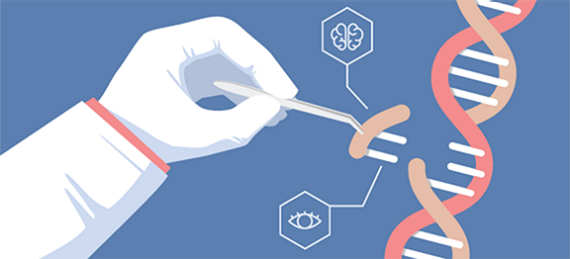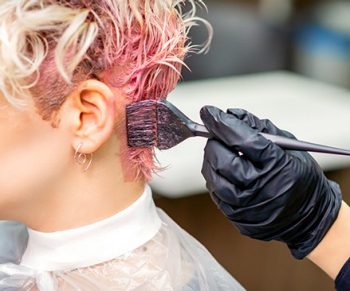Open for Discussion: Deciding What's Right
Science isn’t just about clear-cut facts and figures. Sometimes, it calls for deciding right and wrong.
By Michael Tinnesand | February 2021

Ethical dilemmas are some of the most difficult problems we have to deal with in life. For example, you might say something mean about a good friend behind their back, thinking your friend would never hear about it. But what would you do if they found out? Would you lie? Friends are expected to be loyal and honest, and if you aren’t, you put your friendship at risk. You might not have broken any school rules, but you’ve definitely crossed an ethical line.
Acting ethically involves deciding what’s right based on several considerations, including honesty, integrity, fairness, and keeping others’ interests in mind. In your life, you might make such decisions without thinking much about them because you already know what’s right and wrong in a given situation—it’s wrong to cheat; it’s right to help a friend study (but not help that friend cheat). In the world of science and technology, ethical issues arise, too, and they can be extremely complex.
For example, imagine what would happen if there was a way to help cure deadly diseases or prevent fatal defects in children before they were even born. Sounds great, doesn’t it? But if such a powerful tool were widely available, some people might use it for questionable purposes. Maybe they would create super athletes or allow people to boost their babies’ intelligence. Would it be fair if engineered athletes won every sporting event, or if the valedictorian of every school had been genetically enhanced? How would you decide if every benefit the new tool can provide should be allowed?
Such a tool doesn’t exist—yet. But a groundbreaking technique comes close. And in October 2020, two scientists—Emmanuelle Charpentier and Jennifer A. Doudna—won the Nobel Prize in Chemistry for its development. The technique is so powerful and easy to access that addressing ethical questions about allowable uses has become much more urgent.
The genome-editing method that Charpentier and Doudna developed eight years ago is called CRISPR, which stands for “clustered regularly interspaced short palindromic repeats.” Since then, scientists around the world have used the technique in thousands of experiments to alter the genetic code in plants and animals. Techniques for altering the basic genetic code were available before CRISPR was developed, but they were more complicated and expensive.
The secrets of CRISPR were revealed by studying simple bacteria. It turns out that bacteria get infections from viruses just like people do. When attacked by a virus, some bacteria use an enzyme called Cas9 to chop up the viral genetic code and store bits of it so they can better fight off future infections. Charpentier and Doudna found a way to use these Cas9 “scissors” to cut DNA at a specific location and insert a new section of genetic information. This process of cutting and inserting DNA allows scientists to edit genetic code in a permanent way and change the characteristics of the organism.
In one successful test of CRISPR, researchers modified microorganisms to produce therapeutic drugs for medicine. This type of application has not been controversial, as the modified organisms are confined to medical laboratories. But uses of CRISPR enter an ethical gray zone when gene-edited organisms get released into the environment.
A far bigger dilemma is posed by creating gene-edited human embryos, something that has already been done. A researcher in China, He Jiankui, shocked the scientific community by announcing that he had used CRISPR to modify embryos that were implanted, leading to the birth of twin girls. His goal was to make them resistant to HIV (the virus that causes AIDS). It remains unclear how successful this effort was, or what the long-term health
effects might be for these girls—or for their children if the girls grow up and have kids of their own.
CRISPR is fairly precise, but not perfect. Studies have shown that the tool sometimes results in unwanted edits, meaning it could cause problems. Many scientists condemned He’s actions. His lab was closed down, and he was arrested for medical malpractice.
The scientific community is now grappling with the question of whether CRISPR should be used in human embryos at all. Many prominent scientists have called for a moratorium on the practice. Until further notice, the question remains open for discussion.
Also In this Issue...
How Safe are Hair Dyes
By Melody M. Bomgardner

Changing hair color has become a popular way for people to express themselves. Research, however, suggests that doing it too often is sometimes related to health problems down the line.
*Available by subscription only


